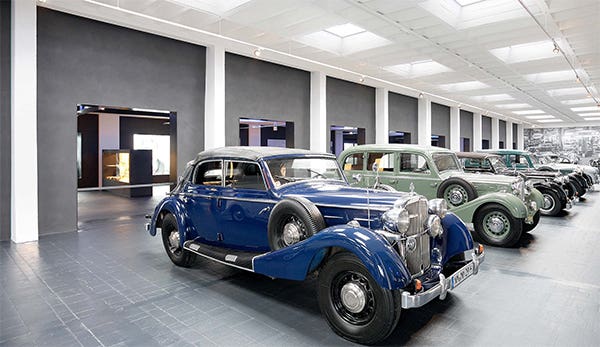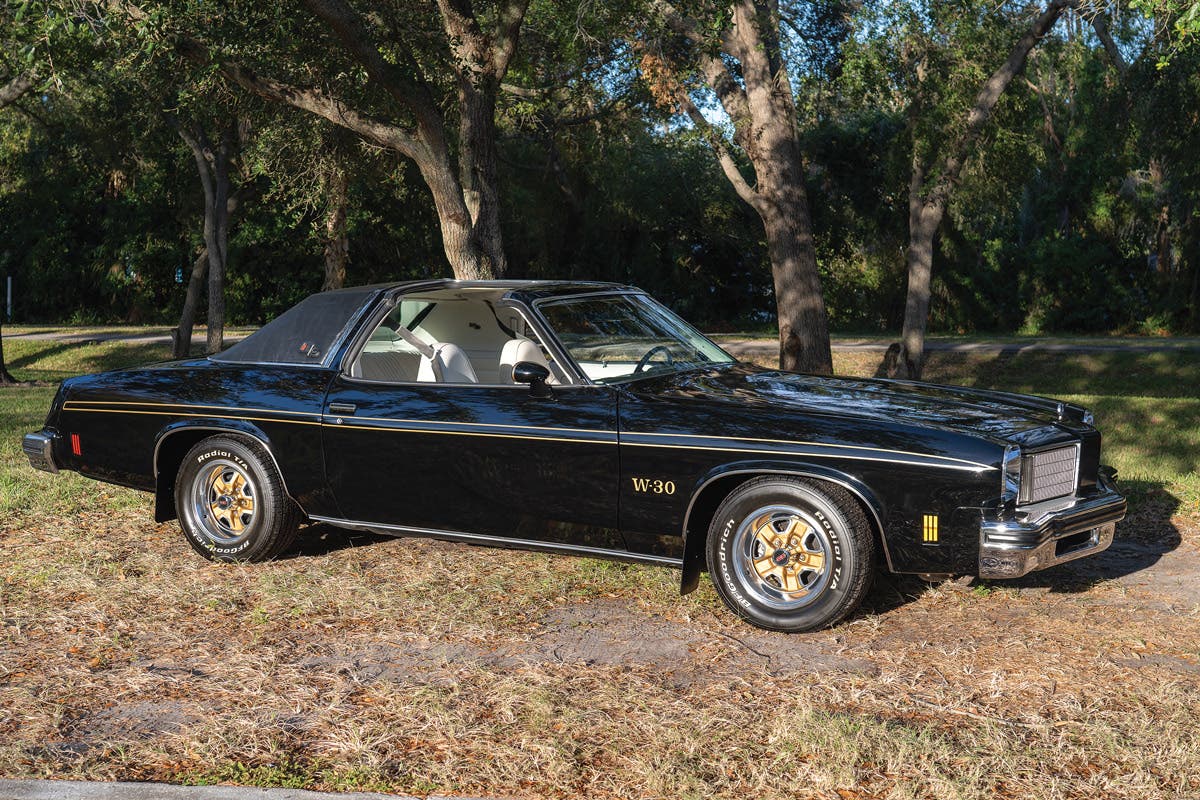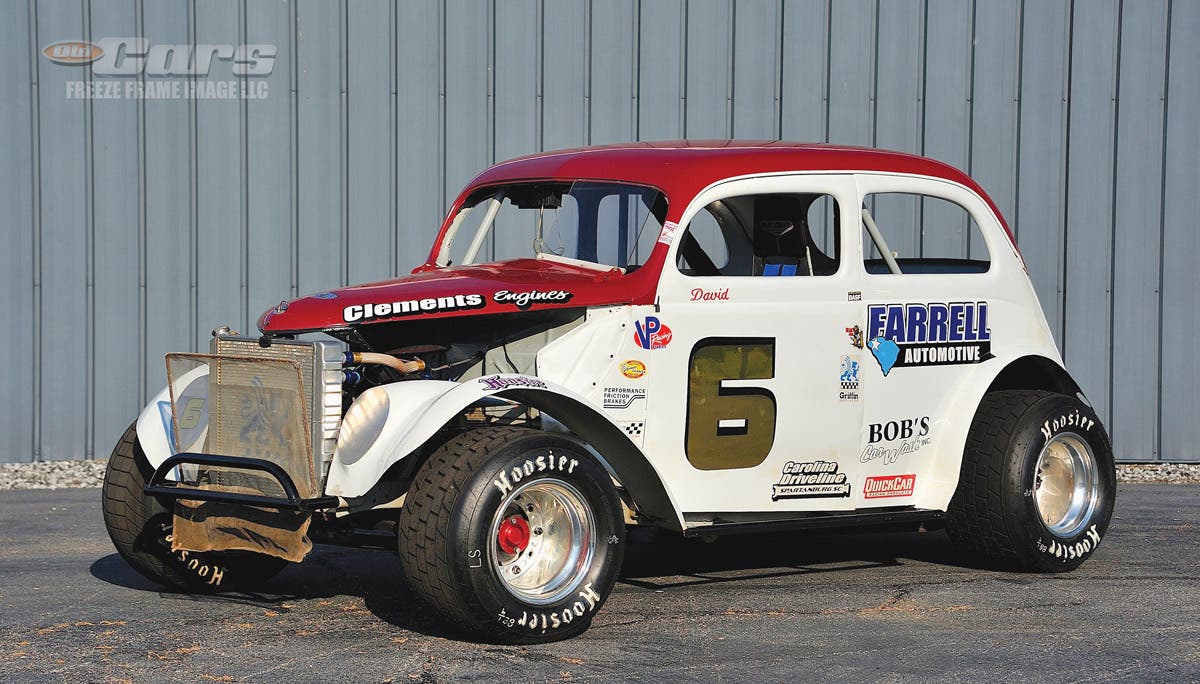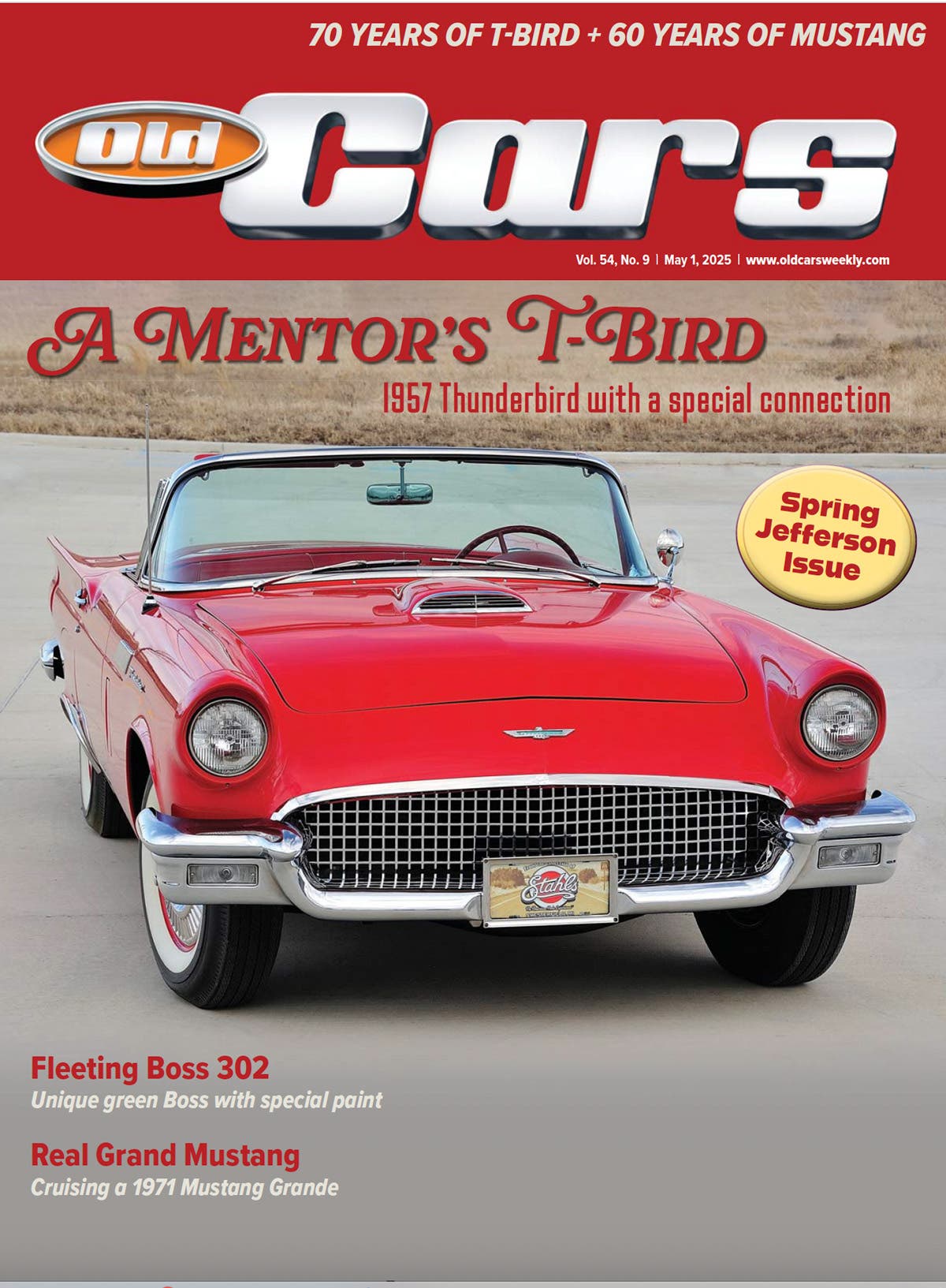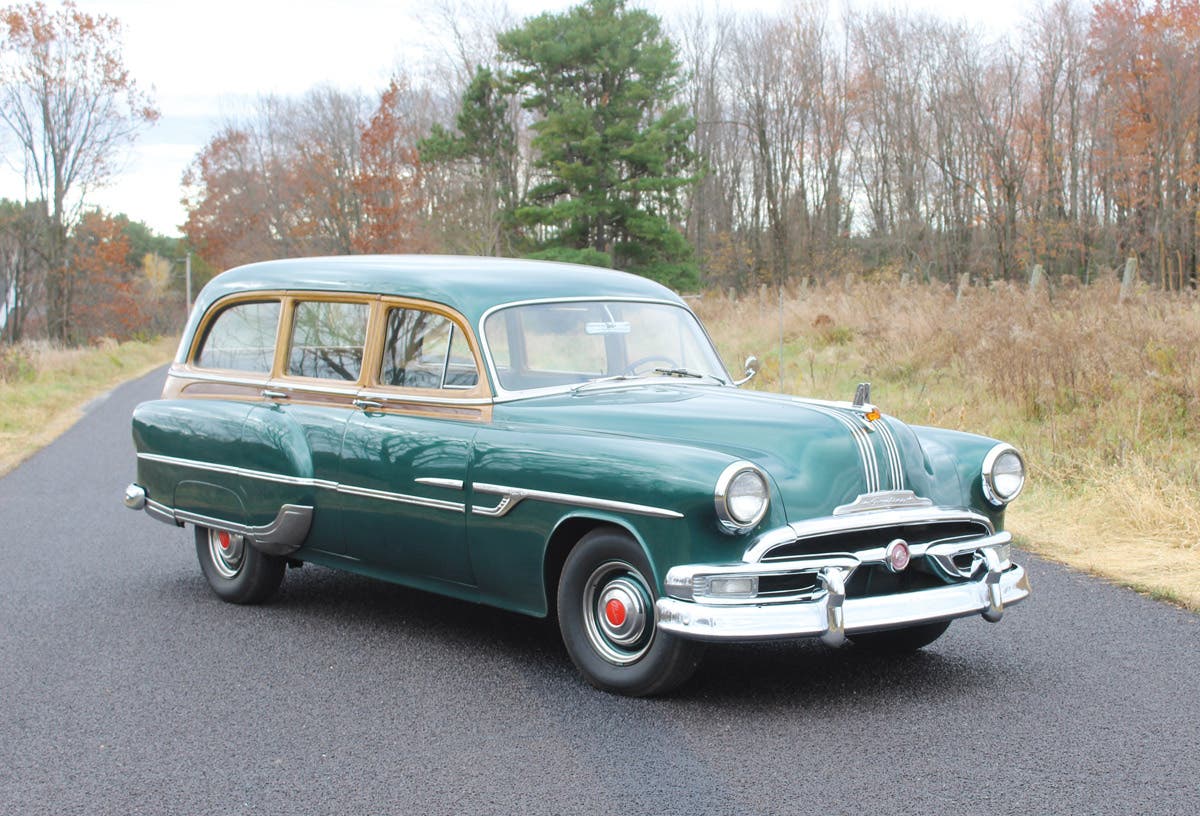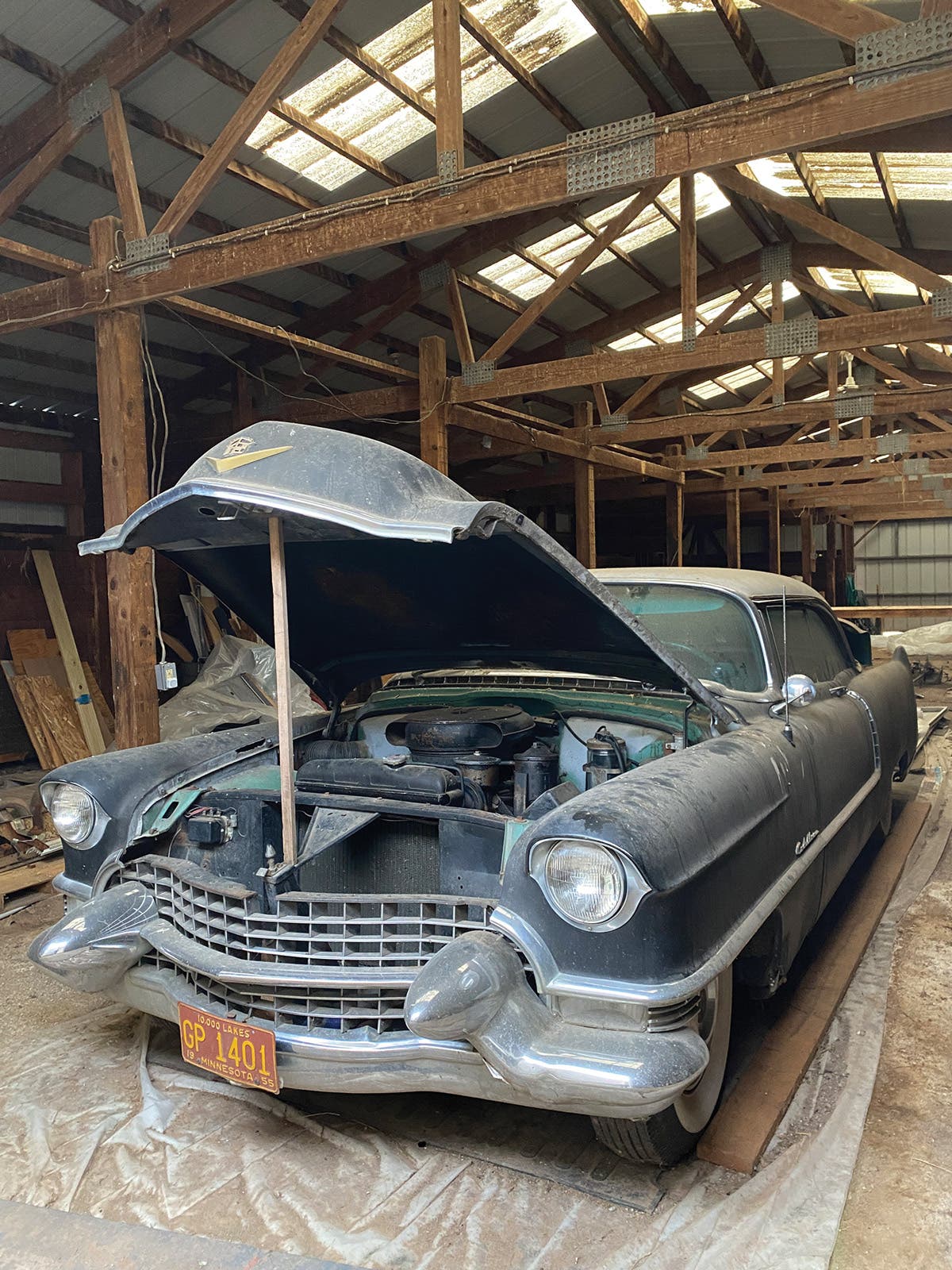Q. I have taken photos of a clear lens that I understand fits a dome light for an American-made pickup. Unfortunately, that only narrows it to Chevrolet, Dodge, Ford, International, and Studebaker. The dimensions are as follows: outside diameter 2-3/4 inches; inside diameter 2-3/8 inches. Can anyone tell me what it’s from?
— Howard G. Singer, La Jolla, Calif.
A. OK, pickup owners, can anyone narrow it down further?
Q. When I was a teenager in the 1950s, I had a set of Motor’s Auto Repair Manuals. My first manual was from 1949-1957. The second one went from 1958-1966, I think. To me, they were the best illustrated information I ever saw, especially for those car years. I was wondering if anyone would know where I could obtain these manuals.
— Jim Capra, Lakewood, Colo.
A. You’re right. Those “Motor’s Manuals,” as we called them, were a wonderful source of specifications and technical information on cars, whether one needed to fix them or simply learn about them. Like you, I also collected them as the opportunity arose, so that I now have coverage from 1935 into the mid-1970s. Since each volume covers an 8- to 10-year period, you don’t need a whole bookcase full to cover several decades. That’s the good news. The bad news is that the earlier volumes seem to sell for as much as $300 apiece, judging from what I see on abebooks.com, a handy internet shopping service that covers a multitude of booksellers worldwide. Time was when you could find them in out-of-the-way bookshops and antiques stores, and buy them for little money. The internet has made them easier to find, but has also let the world set the market price. Another internet resource is alibris.com, but it seems to have a smaller selection of titles.
In this same vein, the Motor’s Flat Rate and Parts Manuals are useful for searching or identifying parts. They were intended as a quick reference in repair shops, showing how long a job should take and listing frequently used parts, both body and mechanical. They, too, cover a range of years in each volume. These are more reasonable, a wide range of volumes going back to the late prewar years selling for less than $20 each. They are less detailed than manufacturers’ parts catalogs, but give information for a greater range of more cars in fewer volumes.
Another good resource for earlier cars is Dyke’s Automobile and Gasoline Engine Encyclopedia. This is not a repair manual, like the Motor’s books, but is very helpful in understanding older technologies, like magnetos and vacuum tanks. These, too, sell for $200 to $30, and since successive issues added new information without deleting the old, you really only need one in your library. Hunt for a 20th Edition, published in 1943, or one from around that era. As you might guess, I use all of these resources to answer many of your questions.
Q. I am a Galesburg, Ill., native, OCW subscriber and a member of “Remember Galesburg When” Group. The hint from Scott Barman, Rockville, Md., ( July 30) was very helpful. I had posted this question to the group about “Dodge’s Best Yet Auto Polish” after the original question came up in “Q&A.” I asked again after Mr. Barman’s post. Here is what I learned, thanks to two group members still living in Galesburg: After some researching at the Galesburg Public Library, one lady checking the Galesburg 1919-1920 City Directory found that Charles Dodge was listed as living at 75 Allens Avenue and was listed as the manufacturer of the auto polish. Both 75 and 100 Allens Avenue are vacant and owned by the same family. 100 Allens had a house on the lot, and it appears that 75 Allens had a block building on it. Unless Mr. Charles Dodge was a “shoestring” relative, it appears he had nothing to do with the Dodge Brothers.
— Fred L Harris, Concord, N.C.
A. Thanks. Your research, and that of your colleagues on the Galesburg Group, bears out my contention that local history, in the form of city directories and newspapers, is part and parcel of automotive history.



